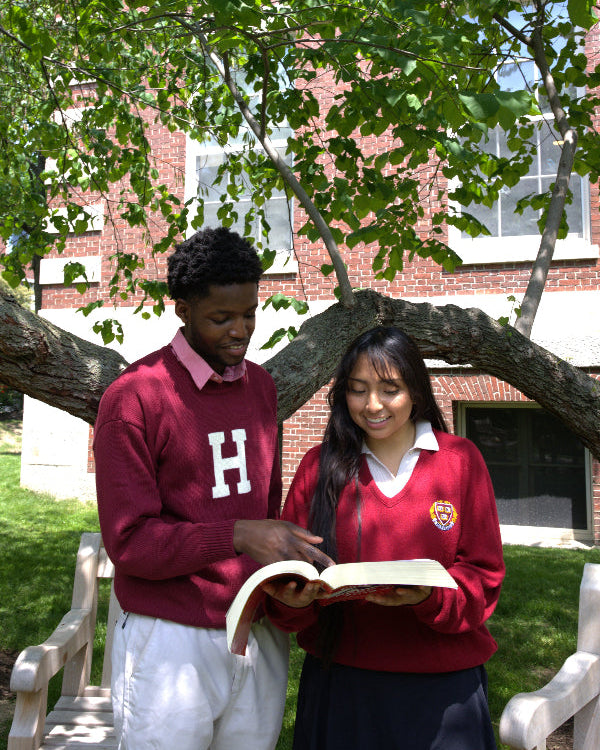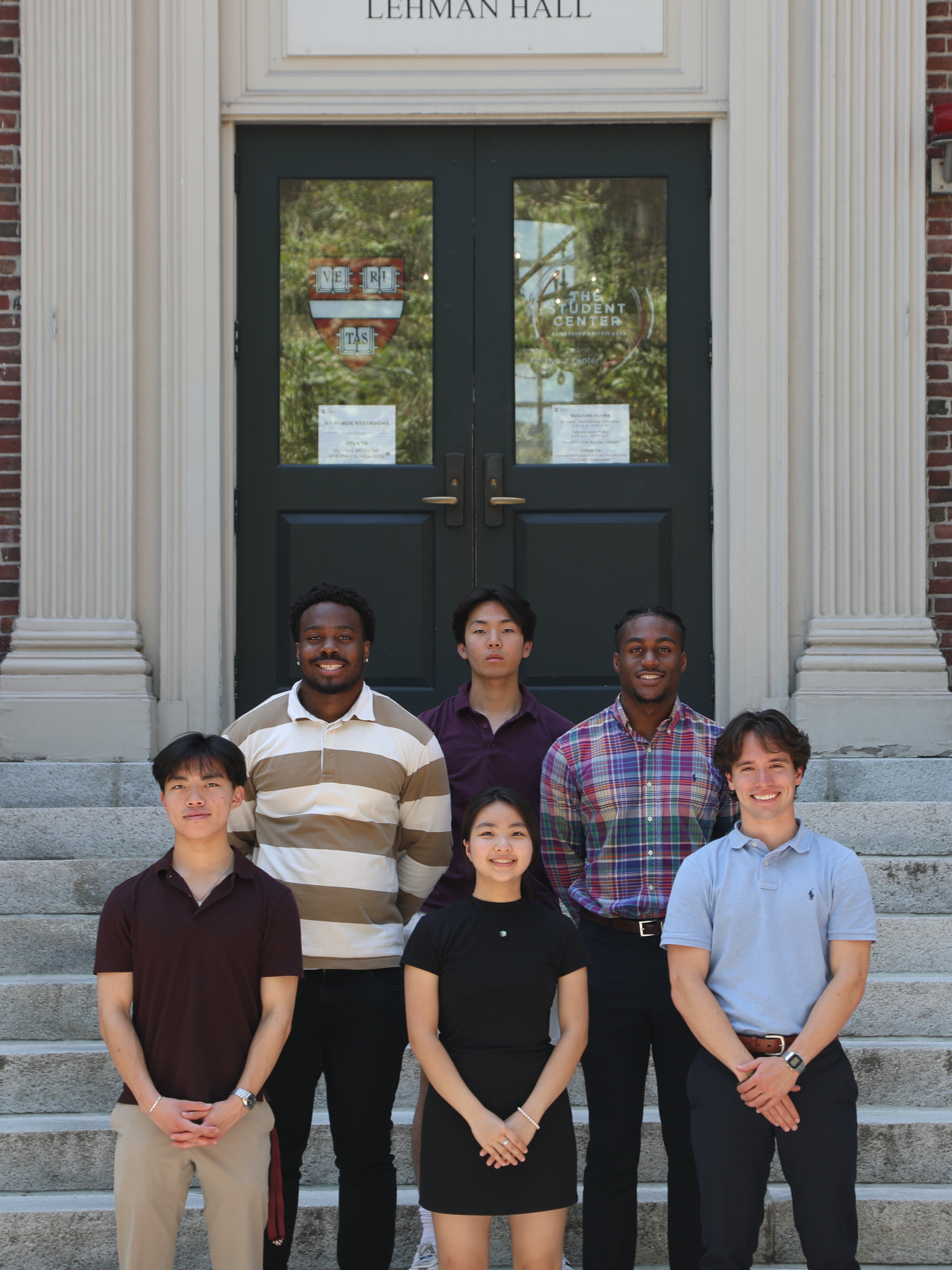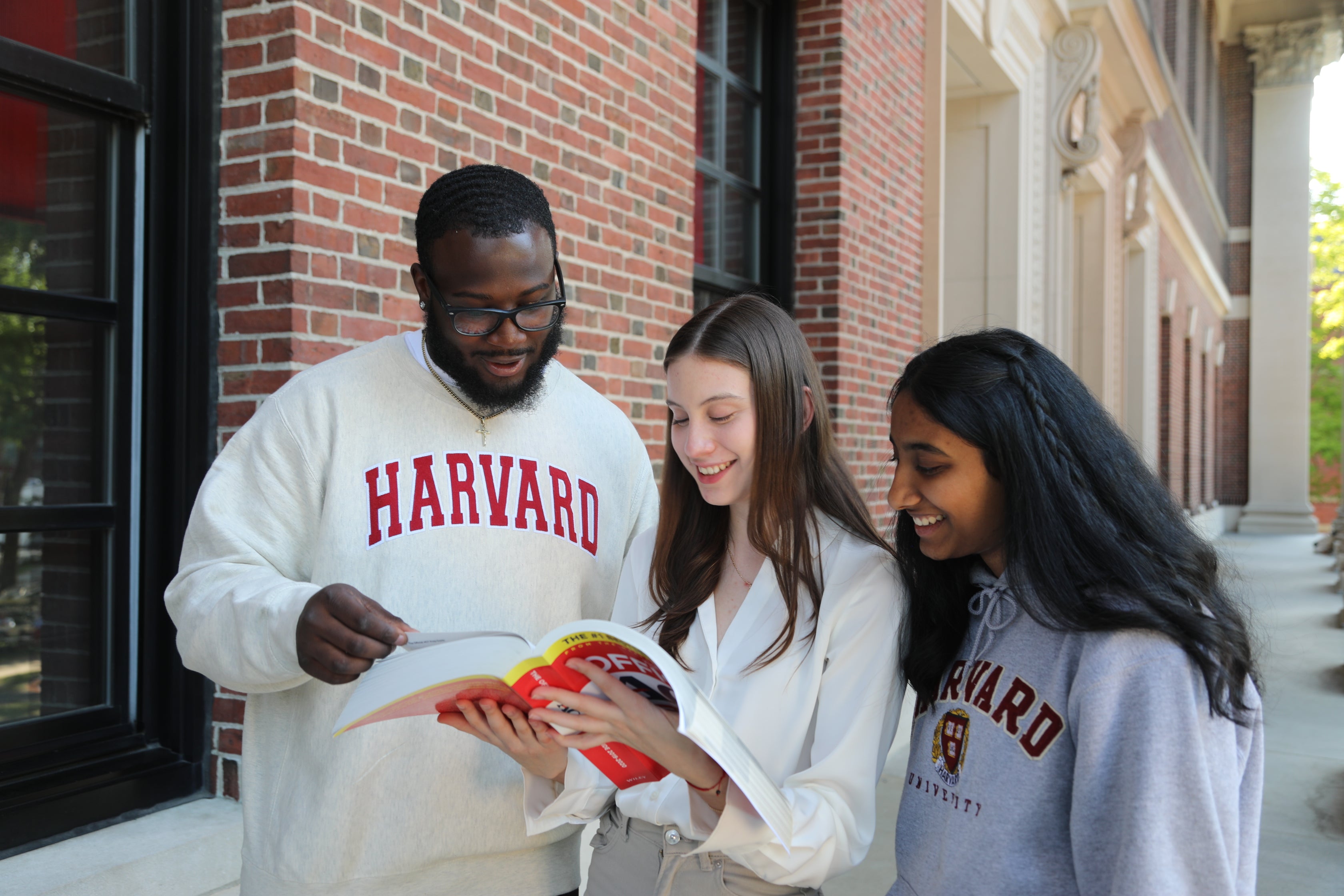By Ishita Gupta
Abstract
This paper analyses the complex influence of the Russia-Ukraine war and probes its deep influence on political dynamics, economic stability, cultural heritage, and societal well-being. Such circumstances cause power shifts worldwide, disrupt economies, and create significant damage to cultural centres while intensifying social fragmentation and mental health problems. This paper highlights through various lenses- political, economic, social and cultural- impacts of the war on Ukraine, Russia, and the global community, and outlines the broad, long-lasting repercussions of the conflict, calling for holistic approaches toward recovery and peacebuilding.
Introduction
The Russia-Ukraine War constitutes one of the most devastating conflicts of the 21st century, affecting not just Ukraine and Russia but the very character of the global order. Wars are waged to pursue power, resources, or ideologies, but the consequences of wars stretch far beyond the armies on the front lines. The war has disrupted millions of lives, displacing families, wrecking the livelihoods of everyday individuals, and changing entire societies. The loss of human lives, destruction of cities, and the psychological consequences it brings will remain for generations to come. This paper examines the existing and far-reaching ramifications of the war across politics and economics while focusing on the human aspect: broken families, lost childhoods, and communities trying to put back together after being shattered.
Literature Review
The current Russia-Ukraine conflict has had many far-reaching implications in a political, economic, and even cultural context. One of the most critical factors associated with this war is that the balance in world power politics is changing. The Council on Foreign Relations (2023) says that the war somehow restored the role of NATO in European security despite its contraction upon Russia's geopolitical position, keeping Russia, China, and other non-Western powers engaged in stronger alliances. This realignment is a duplicate of broader trends of reconfigurations of international influence; herein lies an assessment of alliances and defence postures in the shadow of conflict persistence.
The economic impact of the war has also been massive in terms of the disruption of food security worldwide. Ukraine's agricultural production has been severely affected, and this resulted in increased food prices globally (Lin et al., 2023). Mbah and Wasum (2022) also point out the broader economic impact, saying that the war has caused huge inflation and economic instability, especially in Europe and the U.S., due to disruptions in global supply chains and the imposition of sanctions on Russia.
Another critical issue is the damage to cultural heritage, in terms of impact on culture. In recording the damage caused by the war, UNESCO (2024) holds that in times of conflict, the preservation of cultural heritage sites is crucial. Most of the cultural sites in the country of Ukraine have been destroyed, which directly influences national identity and heritage.
The psychological effect of the war is huge on civilians in short term and long term. As stated by Thompson (1993), trauma because of war causes severe psychological impact on the mental health of the people, mainly children and the displaced population. Psychological crisis in war-torn regions is increasing day by day and will cause long-term problems in the recovery and rebuilding process of society.
All these sources together reflect the tremendous after effects of the war in terms of changing national borders as well as social, economic, and international relations.
Thesis
The Russia-Ukraine conflict has profound and multifaceted impacts that extend beyond military confrontation, affecting political dynamics, economic stability, cultural heritage, and societal well-being. The war has reshaped global alliances, altered economic conditions worldwide, and led to the widespread destruction of cultural landmarks. Additionally, the psychological and social consequences of the conflict are long-lasting, contributing to a complicated and prolonged recovery process. Understanding these broad impacts is essential for assessing both the short-term and long-term implications of the war on a global scale.
Social Impacts of War
1. Population Displacement
The Russia-Ukraine conflict is causing massive loss of human life. Many lives have been lost; both soldiers and civilians have lost their lives. Beyond the numbers are the personal tragedies—children who have lost parents, families torn apart, and entire neighbourhoods reduced to rubble. More than 14 million people have been forced out of their homes, with many seeking refuge in foreign countries, while others remain trapped in war zones, struggling to survive amidst the destruction (Mbah & Wasum, 2022).
2. Psychological and Mental Health Effects
War's trauma endures long after the last shot is fired. Those who have lived through the bombings and the uncertainty of survival face lasting psychological scars. Many suffer from Post-Traumatic Stress Disorder (PTSD), anxiety, and depression. For children, the impact is even more profound—memories of air raid sirens, hiding in basements, and witnessing violence will shape their futures in ways that are difficult to predict. Studies indicate that war-related trauma can extend across generations, and thus the social problems are prolonged (Thompson, 1993).
3. Impact on Education and Healthcare
For many Ukrainian children, education has become an afterthought, as schools have been destroyed or converted into shelters. The teachers have been displaced, and the students find it difficult to continue learning amid air raid alarms. Healthcare services have significantly deteriorated in war-affected areas. Hospitals were bombed out, there was a shortage of medical supplies, and doctors were overworked trying to treat both war injuries and the common cold. In occupied areas, access to education has become a matter of life and death (Lin et al., 2023).
4. Social Fragmentation and Crime
This war has only deepened the internal tensions in communities within both Ukraine and Russia. In Ukraine, national unity strengthened while the wounds of occupation and destruction create scarring. In Russia, an increase in fragmentation in politics drives hard as its attacks on dissention become more ruthless. Other matters are also affected, such as a surge in crime relating to human trafficking to illegal importation of weapons. In post-war societies, reintegration is often a problem for former soldiers, creating a slide into long-term social instability (Pickering & Kisangani, 2006).
Economic Impacts of War
1. The Destruction of Infrastructure and Industry
Infrastructure and industry destruction in Ukraine indicates a complete economic breakdown. Many industries have completely collapsed, and major cities remain in shambles. Key structures like roads, bridges, factories, and power plants are severely damaged and the environment is left highly disorganized. Experts estimate that the cost to rebuild will exceed $150 billion—a staggering amount for a nation already burdened by conflict (Liadze et al., 2022). Meanwhile, Russia faces its financial hardships—sanctions and military expenditures continue to weigh heavily on its financial stability.
2. Inflation, Currency Devaluation, and Recession
The financial impacts of the war reach families throughout the region. In Ukraine, citizens are seeing inflation rates skyrocketing to levels that make basic living items unaffordable for most. As the national currency drops dramatically from ₴29.25 to the US dollar when Russia invaded Ukraine to ₴36.5686 per US dollar by July 21, 2022(Verbianyi and Krasnolutska, 2025), salaries cannot keep pace with rising costs of living. On the other hand, although Russia has unique challenges from sanctions that have caused an unprecedented cost-of-living crisis—where imported goods are extremely expensive—the general feeling is one of deep economic uncertainty enveloping both countries (Mbah & Wasum, 2022).
3. War Economy and Military Expenditure
While war economies may yield short-term gains in production-from arms manufacturing, in particular-the long-term implications are disastrous. Russia and Ukraine have spent massive amounts on military expenditures at the expense of health services and
education sectors among other vital sectors. These decisions will surely determine the capability of each nation to bounce back after the conflict; they will either emerge strong in reconstruction or be confined to perpetual cycles of economic despair.
4. Disruptions to Global Trade and Sanctions
The conflict has extended beyond Ukraine and Russia and it is clear that the war has caused significant disruptions within global trade networks. Ukraine is a major wheat exporter, which has disrupted international food supplies during this tumultuous time. Moreover, sanctions against Russia—primarily known for energy resources—have led to gas shortages as well as price surges throughout Europe. This shows how contemporary societies are increasingly intertwined; whatever happens in these two nations reverberates globally through interconnected markets.
Political Impacts of War
1. Global Power Dynamics
The Russia-Ukraine war has significantly impacted global politics, restating the role of NATO in European security and increasing tensions with Russia. The U.S. and its NATO allies have been seen taking collective defence postures, particularly since European defence capabilities have proven to be inadequate. This has resulted in the need to consider alliance
strengthening within complex geopolitical changes in regions such as the Middle East and Asia. Therefore, it is changing the dynamics of power, primarily on issues of defence and international alignment matters (Council on Foreign Relations, 2023).
2. Shifts in European Foreign Policy
The war brought urgency to the defence issue to Europe. Though the European Union makes all efforts, NATO and the U.S. remain an indispensable tool for the region's defence. Germany and other hesitant nations are now being compelled to become more aggressive in defence. However, the problem now arises, where it is quite difficult to establish unity among the European nations; therefore, integration in foreign defence policy is imperative (Council on Foreign Relations, 2023). This adds more emphasis to reliance on NATO rather than a European defence on its own.
3. Sanctions and Economic Pressure
Sanctions by the West introduced a rather complex political environment. The sanctions are both economic and meant to politically leave Russia isolated and weakened in global influence. This sanctions regime is causing an evolution of international alliances with Russia, as it continues to collaborate more with China and other non-Western powers. The East-West political divide is alive and thriving in the ongoing disparity between pro-Russian nations and those standing by Ukraine (CFR, 2023).
4. The Role of International Institutions
It highlighted international institutions in reducing the conflict's political and humanitarian effects. Organizations, such as the UN and UNESCO, have played an important role in recording the war's crimes. However, the extent to which these organizations are successful in enforcing peace and holding aggressors accountable is highly debated, and stronger international responses are urged to maintain stability and ensure no one faces future conflicts (Tandfonline, 2023).
Cultural Impact
1. National Identity and Patriotism
For Ukraine, the war has unleashed a strong sense of unity, and national identity is now inextricably connected with resistance to Russian aggression. As cultural landmarks are destroyed, the Ukrainian population has responded by emphasizing the importance of preserving national heritage, including its language, customs, and art. According to January 2023, reports from the Ministry of Culture of Ukraine indicate that there has been a total of 1,189 recorded attacks on cultural objects such as inflicting major damage on 563 creative hubs, 453 libraries, and 63 museums and galleries. Major landmarks such as the Babyn Yar Holocaust Memorial Center and the Drama Theatre in Mariupol were also destroyed, with the Drama Theatre having lost many lives in March 2022 while hosting shelter for civilians during airstrikes (Ministry of Culture of Ukraine, 2023). The loss of vital cultural institutions has made it yet again highlight the imperative to protect what is left of Ukraine's identity, especially as conflicts target cultural heritage sites.
2. Art and Literature
In the art and literature field, Ukrainian cultural figures have utilized their work as a form of resistance and documentation. The visible destruction of art and cultural objects has been an integral part of the conflict. The emotional pull of the war has been elaborated by several artists and writers. For example, the Russian bombardment damaged the Ivankiv Museum during February 2022; that museum lost the folk art as well, paintings from Maria Prymachenko, and they saved part of it, but its scale is immense (Ministry of Culture of Ukraine, 2023).
3. Damaged Cultural Heritage Sites
The war has destroyed Ukrainian cultural landmarks in a huge quantity. By October 2024, UNESCO reported 457 objects, of which 143 are religious sites, 231 are historical and artistic structures, and 32 museums are affected (UNESCO, 2024). It is not considered a superficially damaged item; it refers to objects where there are documented sources. Moreover, the Kharkiv region, which was one of the most hot-battled areas, suffered destruction of important cultural heritage. The Dormition Cathedral in Kharkiv was damaged by cruise missiles, and the Kharkiv Art Museum was also damaged (Ministry of Culture of Ukraine, 2023). Another example is the historical Polovtsian stone sculptures in Izium, which were either heavily damaged or completely destroyed during the conflict (Ministry of Culture of Ukraine, 2023).
4. Cultural Diplomacy and International Relations
The war has changed the cultural dynamics between Russia and Ukraine and the wider international community. Ukraine has gained international attention for its efforts at cultural preservation, but for Russia, its art, literature, and performances in Western countries have been boycotted in many places. Cultural diplomacy has become another front in this war, as Ukraine uses its cultural heritage as a tool for resilience and global outreach. Such is the damage that key structures such as the Kuindzhi Art Museum and the Mykolaiv Academic Art Drama Theater are being affected globally, where international attention falls upon the expense that the Ukrainian war has created towards the culture (Ministry of Culture of Ukraine, 2023).
Conclusion
The Russia-Ukraine war jolted each and every nuke and corner of every nation; it impacts severely and far-reaching on each and every section and domain. It bears the monumental political impacts on readjusting the globe's relationships and alliances and in economic terms throws a wave of disruption, financial hardship, destruction of cultural heritage, and growing societal fragmentation for the escalation of crisis further. Such impacts bring into the fore the call for international cooperation, peace building, and preservation of cultural identity in reducing damage and paving a way for eventual recovery and reconciliation.
To deeply understand these impacts, more studies are needed on infrastructure losses specifically on healthcare and education focusing on the individual case studies of affected persons. Furthermore, the increasing isolation of Russia from the Western states may feed into future geopolitical tension and conflict, needing further analysis. Addressing these will assist with recovery efforts, inform the choices of policymakers, and aid in peace building strategies to temper long-term instability and build resilience in war-affected societies.
Reference List
Abrams, E. (2023). Implications of the Russia-Ukraine War. [online] Council on Foreign Relations. Available at: https://www.cfr.org/blog/implications-russia-ukraine-war.
Dodds, K., Taylor, Z., Akbari, A., Vanesa Castán Broto, Klaus Detterbeck, Inverardi-Ferri, C., Kwan Ok Lee, Virginie Mamadouh, Maano Ramutsindela and Chih Yuan Woon (2023). The Russian invasion of Ukraine: implications for politics, territory and governance. Territory, Politics, Governance, 11(8), pp.1519–1536.
doi:https://doi.org/10.1080/21622671.2023.2256119.
Larcan, A. (2024). Damaged cultural sites in Ukraine verified by UNESCO | UNESCO. [online] www.unesco.org. Available at: https://www.unesco.org/en/articles/damaged-cultural sites-ukraine-verified-unesco.
Liadze, I., Macchiarelli, C., Mortimer‐Lee, P. and Sanchez Juanino, P. (2022). The Economic Costs of the Russia‐Ukraine War. The World Economy, 46(4), pp.874–886.
Lin, F., Li, X., Jia, N., Feng, F., Huang, H., Huang, J., Fan, S., Ciais, P. and Song, X.-P. (2023). The impact of Russia-Ukraine conflict on global food security. Global Food Security, 36(100661), p.100661. doi:https://doi.org/10.1016/j.gfs.2022.100661.
Mbah, R.E. and Wasum, D. (2022). Russian-Ukraine 2022 War: A Review of the Economic Impact of Russian-Ukraine Crisis on the USA, UK, Canada, and Europe. Advances in Social Sciences Research Journal, 9(3), pp.144–153. doi:https://doi.org/10.14738/assrj.93.12005.
Міністерство культури та інформаційної політики України. (2023). Because of russian aggression, 1189 objects of cultural infrastructure were damaged in Ukraine. [online] Available at:
https://web.archive.org/web/20230105200329/http://www.mkip.gov.ua/news/8414.html [Accessed 31 Jan. 2025].
Pickering, J. and Kisangani, E.F. (2006). Political, Economic, and Social Consequences of Foreign Military Intervention. Political Research Quarterly, 59(3), pp.363–376. doi:https://doi.org/10.1177/106591290605900304.
Rutland, P. (2015). An Unnecessary War: The Geopolitical Roots of the Ukraine Crisis. [online] E-International Relations. Available at: https://www.e-ir.info/2015/04/09/an unnecessary-war-the-geopolitical-roots-of-the-ukraine-crisis/.
Thompson, W.R. (1993). The consequences of war. International Interactions, 19(1-2), pp.125–147. doi:https://doi.org/10.1080/03050629308434822.
Verbianyi, V. and Krasnolutska, D. (2025). Bloomberg - Are you a robot? [online] Bloomberg.com. Available at: https://www.bloomberg.com/news/articles/2022-07- 21/ukraine-devalues-hryvnia-to-plug-drain-on-foreign-reserves [Accessed 31 Jan. 2025].
Xin, B. and Ming Ming Zhang (2023). Evolutionary game on international energy trade under the Russia-Ukraine conflict. Energy Economics, 125, pp.106827–106827. doi:https://doi.org/10.1016/j.eneco.2023.106827.





